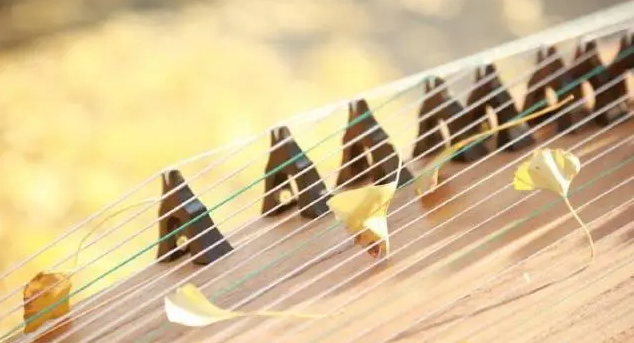Do you know how to play the weak tone in the guzheng?
The control technique of strength and weakness is one of the most important and also the most difficult techniques to master in guzheng performance.
1. Use different strengths and speeds for daily scale practice, not just fast and loud. The range of strength can be gradually expanded, how strong is it? How weak is it? Weight strumming can be trained to the greatest extent possible. For example, the upside crescendos, the downside weakens, or vice versa. And it has to be slow! When the speed is slow, you can calm down and listen: which finger has poor control, and then focus on practicing it.
Second, choose "slow, adagio" and other works to study, and use the pieces of music that you can understand and can be moved to train the strings. This training requires the imagination of the timbre, because with the standard of measurement, the practice will be effective.

In addition, as far as weak sounds are concerned, it is still necessary to pay attention to the "point" of the sound, so that the sound is "light but not empty", that is to say, whether it is strong or weak, the fingertips must have inner strength, and the pop-up has penetrating power The sound can be heard by the audience in every corner of the concert hall.
This question, in class, the teacher will usually use "pink-like strong fingertips" to ask. If you ask for weakness, your fingers become weak, or you can't lower the volume when you reach a weak place, you are not ready! This preparation includes the emotional preparation of the performer, as well as the preparation of the playing movements, and the balance between perceptual and rational, which requires long-term rigorous training to achieve unity.
These two methods, one is pure technical training, the other is the combination of technology and music, which has been proved to be effective in practice. In the process of piano practice and teaching, it is not enough for a guzheng player to only have an understanding of the music, but also need to have flexible fingers and a solid and comprehensive technical foundation to rely on. The combination of the two is a perfect and competent performer. . let's work hard together!
 渝公网安备 50010702504639号
渝公网安备 50010702504639号